The History of Alexandria Archaeology
Who we are
In this video, City Archaeologist Dr. Eleanor Breen explores the history of the program and introduces us to the protection code that has allowed us to learn so much about our City’s history.
Learn about the highlights in the history of Alexandria Archaeology, from its beginnings in 1961 through the present day, in a Timeline of Archaeology in Alexandria.
Learn about Alexandria Archaeology Awards and Achievements.
Since 2007, the Alexandria Archaeological Commission has presented the Ben Brenman Award for Archaeology to individuals and groups who have demonstrated high quality work, innovation, commitment, or extraordinary efforts in relation to the archaeology of historic Alexandria.
Early Archaeology in Alexandria
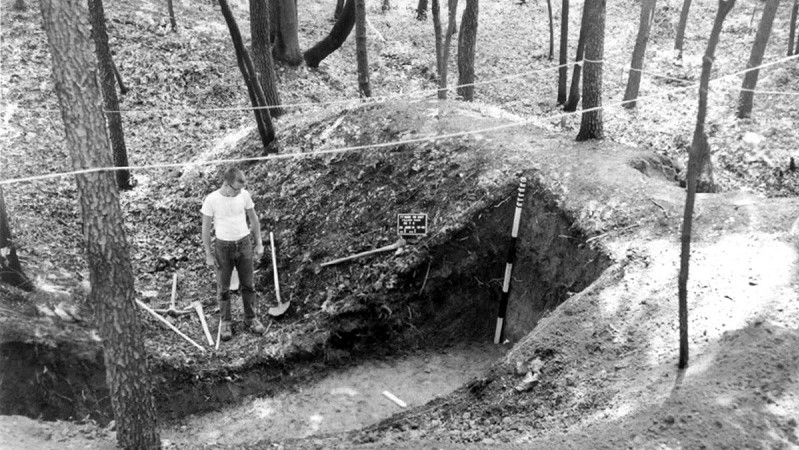
In 1961, citizens initiated archaeological excavations at Fort Ward, to document the historical value of the land, which was threatened by development. The archaeological work included excavation of a trench across the earthworks and mapping of the site. This effort led to the City's acquisition of the land containing Fort Ward, one of Alexandria's most significant Civil War sites, and development of a museum and park.
A few years later, a major urban renewal project began in Alexandria. Buildings that lined the 300, 400, and 500 blocks of King Street were torn down, and replaced with the newer buildings and the brick plaza at Market Square seen today. Original plans called for 16 blocks to be demolished, but the historic preservation movement fortunately put an end to that, and many of the old storefronts farther up King Street have been nicely preserved. When the buildings came down, numerous brick-lined wells and privies and early artifacts were visible, and citizens urged the Smithsonian Institution to conduct rescue excavations on these blocks. The Smithsonian planned to send an archaeologist, but he left their employ and they instead sent a technician, Richard Muzzerole, who worked under the supervision of Malcolm Watkins, curator of Ceramics and Glass at the Museum of History and Technology (now the National Museum of American History). Mr. Muzzerole worked with a few volunteers, and eventually set up a lab in the old Torpedo Factory, in the building to the north of what is now the Art Center. The exceptional artifact collections recovered from the King Street wells and privies led to intense interest in archaeology by a larger segment of the community.
The Smithsonian funded the rescue work from 1965 until 1971. A group of Alexandrians called the Committee of 100 continued to fund the rescue work for two more years, by each member pledging $10.00 per month. This group actively sought City Council support to include archaeology as a permanent service of the City government. Council was convinced of the importance of archaeology and historic preservation, and the City of Alexandria took over funding of the project in 1973, funding Mr. Muzzerole and some assistants who worked with the collections. Throughout these years, the display of excavated artifacts, public lectures and the constant sight of rescue excavations taking place under adverse conditions forged a public appreciation of archaeology in Alexandria.
The Beginnings of the City Archaeology Program
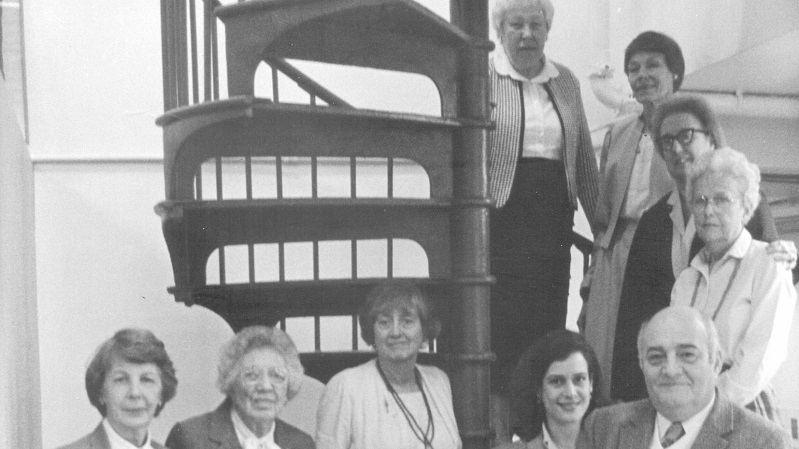
In 1975, the City established the Alexandria Archaeological Commission, the first such group in America. This was the first step in professionalizing the practice of archaeology in Alexandria. Pamela Cressey became City Archaeologist in 1977. Since that time, Alexandria Archaeology has grown from a rescue operation in the Old Town area to a City-wide community archaeology program. From these beginnings, Alexandria Archaeology now systematically collects and manages artifacts from archaeological sites and information relating to the history and archaeology of the City, and interprets this wealth of knowledge for public benefit in the Museum. Numerous research projects are undertaken, which include public participation through volunteer work, education in the Museum, and outreach activities.
The Museum

The Alexandria Archaeology Research Museum (AARM) operated from 1979 to 1981 in the old Torpedo Factory Art Center. Staffed entirely by volunteers, the museum focused on a public laboratory and school tours. Supported by grants from the Virginia Commission for the Arts and the National Endowment for the Humanities (NEH), this museum demonstrated public interest in observing the process of archaeology and interacting with archaeologists.
This endeavor led to the development of the Alexandria Archaeology Museum, which opened in 1984 in the newly renovated Torpedo Factory Art Center, alongside 85 studios designed for artist-public interaction. The Museum's glass windows and public laboratory encourage visitors to observe the archaeological process in action.
Volunteers and FOAA
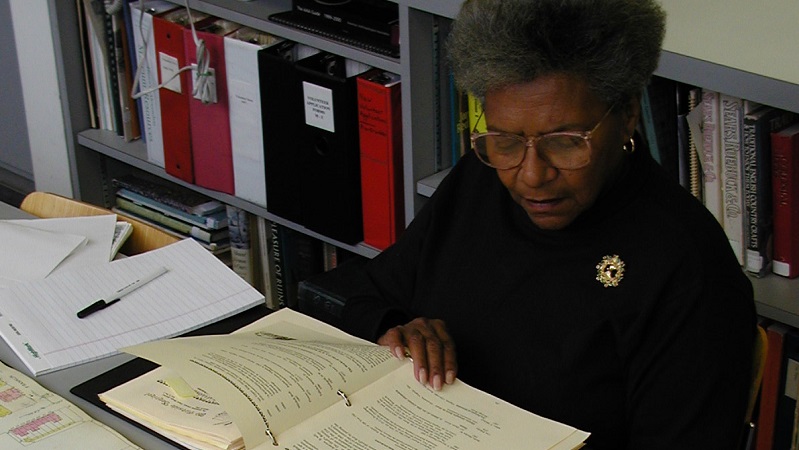
Volunteers have worked in many aspects of archaeology in Alexandria since the beginning. More than 100 volunteers work with staff each year, and one volunteer is still working in the lab after more than 30 years. Volunteers work in all aspects of the program from digging and laboratory work, to education, research, oral history, and editing. In 1986, a group of volunteers formed a 501(c)3 organization, the Friends of Alexandria Archaeology (FOAA). FOAA sponsors events, publishes a newsletter, and supports the Museum in all its work.
Collections Storage Facility
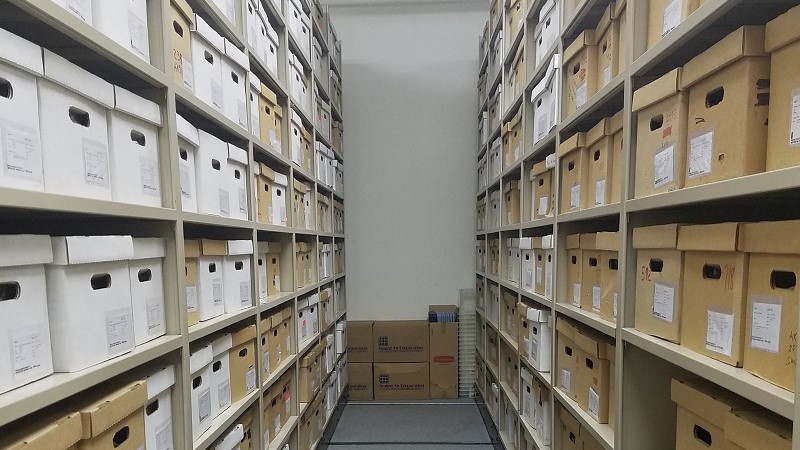
A conservation survey and collections inventory conducted in 1989 culminated in the completion of a climate controlled storage facility in 1990. This project was jointly funded by the City of Alexandria, Institute of Museum Services (IMS) Conservation Project grants, and the National Science Foundation’s (NSF) program for Systematic Collections in Anthropology. Alexandria Archaeology was the first historical archaeology program to receive a grant from NSF. The storage facility is located in another City building, one-and-a-half miles from the Museum.
Another IMS grant awarded in 1990 was used to conduct conservation treatment and to re-house the collection. Additional advances in collections care, including improvements to archival storage and creation of a new relational database for collections cataloguing, were possible with the assistance of continued IMS General Operating Support funding, in a grant program that continued until 2002. The collection was re-inventoried in 2008, with assistance from interns from the George Washington University.
Archaeological Protection Ordinance
The City enacted an Archaeological Protection Ordinance in 1989. This provides for study and preservation of archaeological resources threatened by development. The City archaeologists write scopes of work and oversee private archaeological work on development sites. They also review all construction and demolition permits issued by the City. This process has increased the collections and visibility of Alexandria Archaeology, and has brought the Museum to the attention of new segments of the community.
Education and Public Programs
With the assistance of Institute of Museum and Library Services and the National Endowment for the Humanities, the Museum has worked extensively with the Alexandria Public Schools, conducting in-service trainings for teachers and working with them to develop instructional materials.
Educational programs include Archaeology Adventure Lessons and public programs such as Family Dig Days.
The Heritage Trail
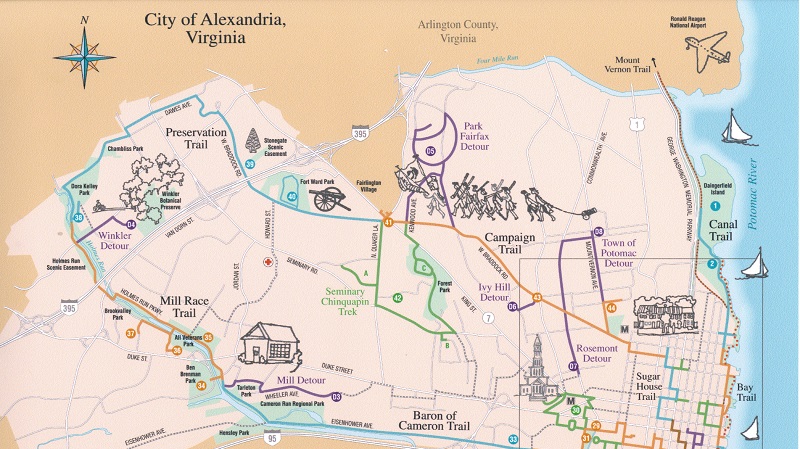
In 1999-2000, Alexandria Archaeology developed the city-wide Alexandria Heritage Trail, where the public can walk and bike through 23 miles and 13,000 years of history. The Trail is designed to spark curiosity, exploration, observation, and appreciation of archaeology, and to instill a sense of community identity and ownership of the past, as walkers or bikers discover prehistoric and historic sites throughout the City. The Museum is the hub of this interpretive trail, providing a base for exploring the City’s archaeology, material culture and cultural landscape. A published guide, Walk and Bike the Alexandria Heritage Trail highlights more than 100 sites. A City bike map produced by the Department of Parks and Recreation, available free of charge, shows the route of the Heritage Trail. The City’s Recreation Department and the Office of Historic Alexandria received a grant from the Virginia Recreational Trails Fund Program that will, in part, provide markers for a portion of the Trail. The National Park Service and Alexandria land developers have also funded signage for the Trail.
Archaeology on the Waterfront
As redevelopment takes place along Alexandria's waterfront, archaeologists are exploring the properties undergoing development. Excavations took place in 2015-2016 at the Hotel Indigo Site at 220 S. Union Street and in 2017-2018 at Robinson Terminal South, at 2 Duke Street.
At the Hotel Indigo Site, Archaeologists uncovered the remains of the hull of a fifty-foot vessel, as well as John Carlyle's 1755 public warehouse. Excavation took place in 2015-2016, and remains of this ship and warehouse are now undergoing conservation.
At Robinson Terminal South archaeologists have located the remains of three 18th century ships, as well as foundations of Hooe's 18th century warehouse and store and the 19th century Pioneer Mill.
Alexandria Archaeology Today
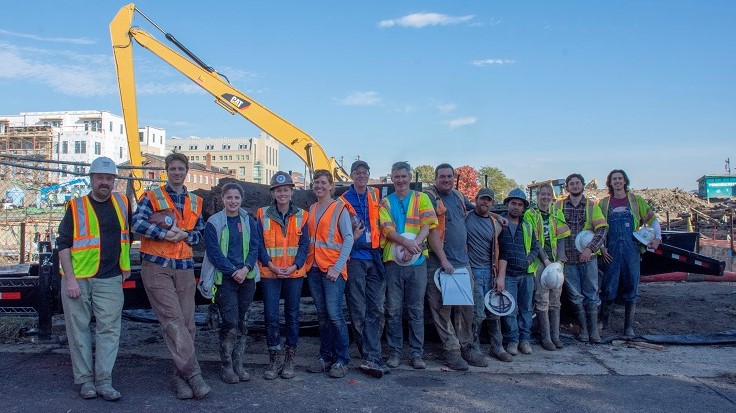
Today, Alexandria Archaeology is recognized throughout the world for its pioneering work in community and urban archaeology. Staff continues their efforts to preserve archaeological resources during the development process, to preserve the collections for future generations, to research the community and its sites and artifacts, and to educate the public through programs, publications, lectures, signage and online resources.
The City of Alexandria and Alexandria Archaeology have received numerous awards in recognition of their leadership in the fields of archaeology and historic preservation.